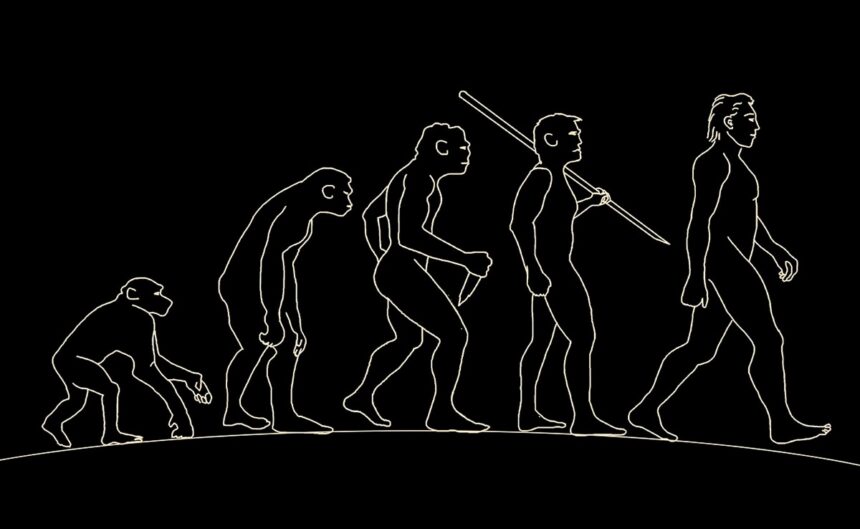A significant discovery in the field of human evolution took place 50 years ago in the Afar region of Ethiopia. A fossilised skeleton, known as Australopithecus afarensis or ‘Lucy’, was unearthed by American palaeontologist Don Johanson and graduate student Tom Gray on November 24, 1974. This discovery revolutionized scientists’ understanding of human evolution.
The skeleton provided evidence that ancient hominins could walk upright on two feet 3.2 million years ago, a trait previously thought to have evolved more recently. Lucy had a unique combination of ape and human-like traits, placing her on a pivotal branch in the family tree of humans. Despite the discovery of older fossil hominins since then, Lucy remains a key subject of scientific study.
At the time of discovery, Lucy’s skeleton consisted of 47 bones, making her the oldest and most complete early human ancestor skeleton known. Johanson recalled the moment he found Lucy, describing how he stumbled upon fragments of bone that immediately signaled they belonged to a human ancestor. The team carefully collected and washed the fragile mineralised bones before piecing them together in the lab.
Named after The Beatles’ song “Lucy in the Sky with Diamonds,” the delicate nature and short stature of the skeleton led researchers to believe she was a female. While Lucy’s species did not directly give rise to modern humans, her position on the human family tree influenced the evolution of later hominin species. The Homo lineage, which Lucy was a part of, eventually led to the emergence of Homo sapiens.
The discovery of Lucy has sparked numerous research studies and debates, capturing the public’s fascination with human origins. This iconic find continues to shape our understanding of human evolution and remains a symbol of our shared ancestry with ancient hominins.






